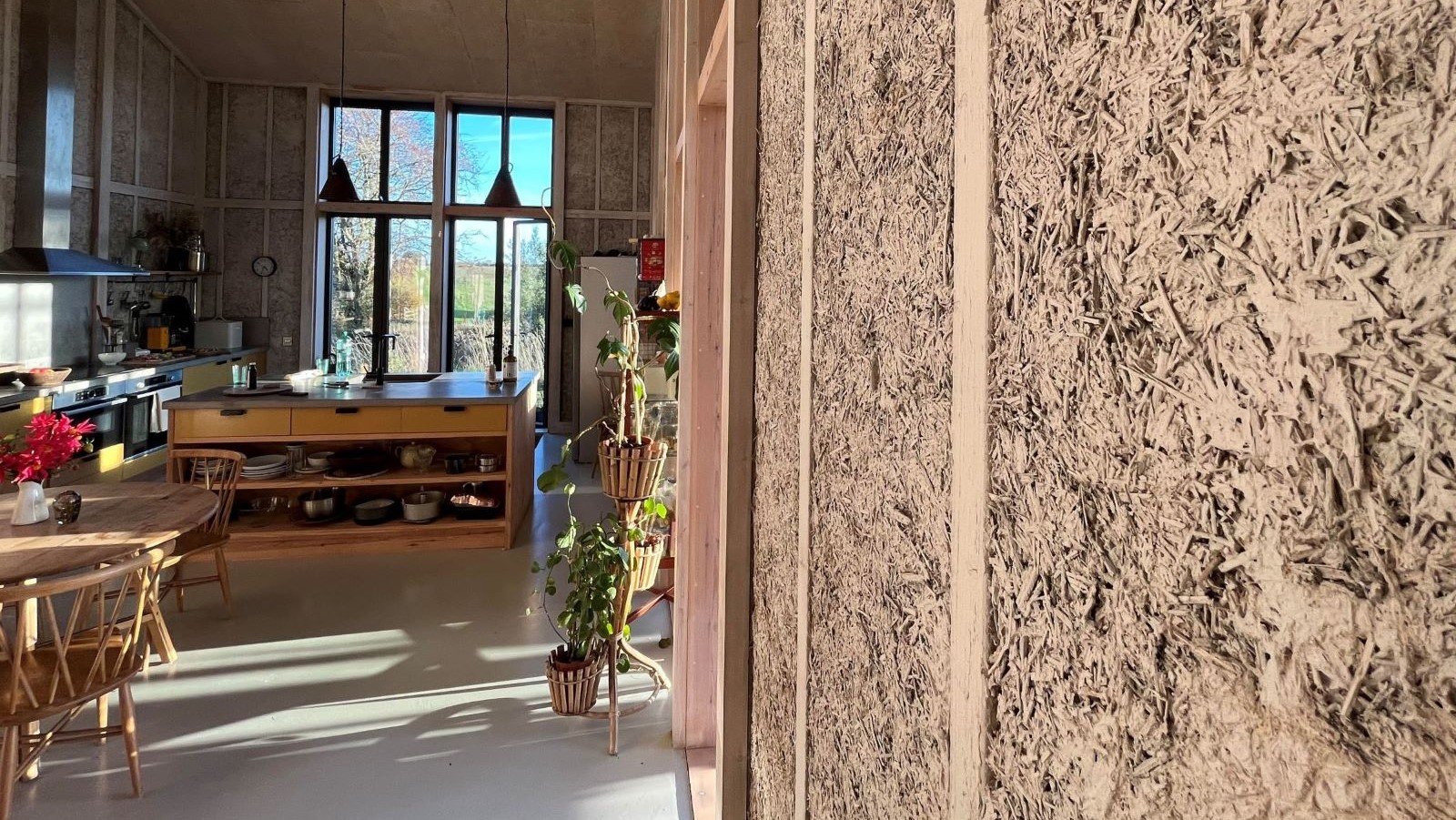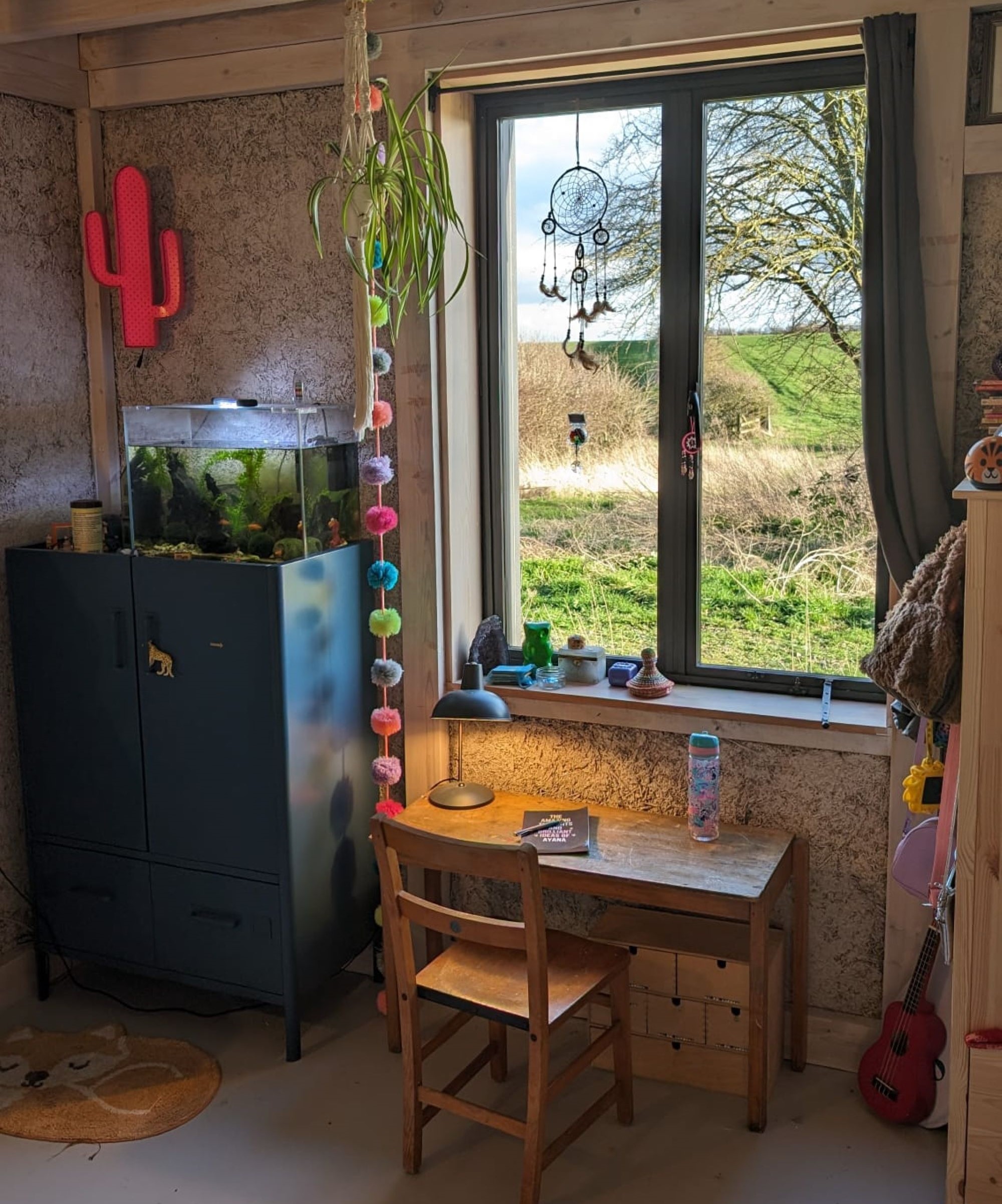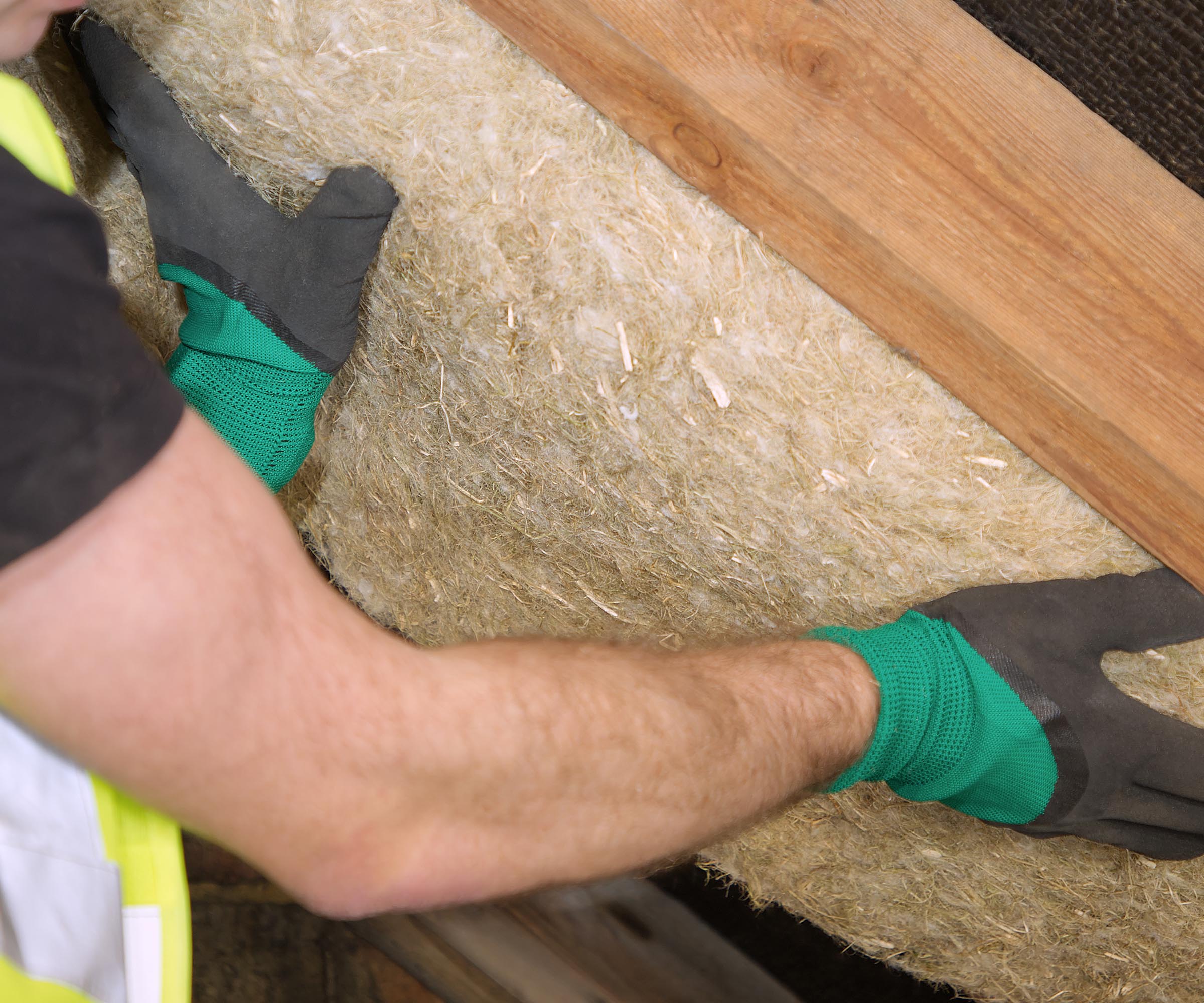Hemp insulation: is this eco-friendly product worth using in your build?
We look at the pros and cons of hemp insulation, including how much this highly sustainable material costs and where to buy it

Hemp has been used for all sorts of purposes since ancient times and is now becoming popular again for a range of products from rope to clothing to building materials, including hemp insulation.
It has numerous advantages over other more well-used types of insulation materials and is highly sustainable, making it suitable for anyone concerned about the environment. It is also free from noxious substances injurious to health and is easy to install.
“Like all natural fibres, hemp is truly breathable” explains Mark Lynn, managing director of sustainable insulation firm Eden Renewable Innovations Ltd and Chair of the Alliance for Sustainable Building Products.
“This means that hemp insulation allows water vapour to pass through it but also acts as a humidity buffer in periods of high humidity. Because heat and humidity are so intertwined, this is an extremely important property for insulation to have in many building applications and is something only natural fibres can deliver."

Mark Lynn is managing director of sustainable insulation firm Eden Renewable Innovations Ltd and is also Chair of the Alliance for Sustainable Building Products. An expert in building insulation and an ardent believer in healthy sustainable buildings, Mark takes a particular interest in building physics and the chemistry of building materials.
What is hemp insulation?
Hemp insulation is made from fibres of the hemp plant, which belongs to the Cannabis sativa group of cultivars that are indigenous in Eastern Asia and which were identified by Swedish biologist Carl Linnaeus in 1753.
Hemp is often grown for industrial uses, but is also often confused with its well-known ‘twin’ plant, commonly known as ‘marijuana’, which, unlike hemp has psychoactive properties. However, hemp has less than 0.3 percent of the tetrahydrocannabinol (THC) that makes marijuana psychotropically potent.
Some people believe that it is this confusion between the two plants that has led to hemp being ignored for many years as a very useful, versatile, material suitable for a range of different uses.
The hemp plant is a fast-growing plant and has been used to make fibrous materials, particularly rope, for around 50,000 years. However, it can also be used to make paper, textiles, clothing, biodegradable plastic, paint, biofuel, food and animal feed as well being able to be used for insulation.
How hemp insulation is made
It is the innermost fibres of the hemp plant that are used to create natural insulation materials. These fibres are made of phloem – the living tissue in plants that transport sugars and other materials through the plant from the leaves. They are extracted from mature hemp plants after harvesting by separating the outer fibres from the inner woody core.
There are two processes used to achieve this. The first of these is retting, in which the plant is left in bundles in the outdoor environment where it is exposed to moisture, typically from dew, thereby encouraging the action of fungi and bacteria. The second process, following retting, is decortication – a mechanical procedure in which a decortication machine physically separates the fibres. The result is long and durable hemp fibres that can then be used for insulation.
Hemp materials are lightweight, breathable and mould resistant, which makes them versatile across a range of uses, especially in the building industry, while also making it more sustainable than other materials. It is widely used in Europe for green construction, yet remaining issues around its legality often affect importation and regulation costs.
Hemp insulation's green credentials
There are a number of reasons why hemp is more sustainable than many other materials. One reason is that it does not need as many pesticides as other plants. Another is that it requires less water, thus being very drought-tolerant. Multiple crops of hemp can also be grown on the same plot of land over the course of a year, because the plant has a short growth cycle. This means it can produce higher yields with less adverse impact on the environment from soil erosion.
Every part of the hemp plant can be used, even the seeds, which can either be eaten as a food or can be used as a source of oil for lamps or biofuel. Hemp can also extract far more carbon dioxide than forests and so can also serve as a useful natural carbon sequester, ideal to boost your home's embodied carbon credentials.
"Hemp is not a very resource-intensive crop to cultivate compared to other fibres such as cotton," explains Mark Lynn of Eden Renewables. "What’s more, the plants capture and store carbon from the atmosphere as the crops grow. This carbon remains out of circulation for many decades while the insulation is installed allowing the eco insulation to act as a carbon sink as the same time as saving energy. The UK build environment would benefit greatly if natural fibre insulation had a much greater share of the market in line with our neighbours in Germany in France."
Matthew Belcher, CEO of Hemspan, adds: “Regeneratively farmed industrial hemp can sequester up to 11 tonnes of CO2 annually through its stem and an additional six tonnes of CO2 per hectare into the soil each year. Furthermore, hemp is a break crop, regenerating soil with its long tap roots. It is safe and user-friendly and is non-toxic, breathable, has low water vapour diffusion resistance, and offers excellent thermal and acoustic properties.

Matthew Belcher is CEO of Hemspan, an environmental and social impact innovator and long-time advocate of using industrial hemp to combat climate change. Hemspan is dedicated to transforming the construction industry through the development of sustainable, bio-based building materials, creating carbon- negative construction solutions that contribute to climate-positive communities worldwide.

Pros of hemp insulation
Hemp has so many advantages it would form a long list. However, among them are the following:
- Hemp plants are easy to grow and are suitable for numerous different climates, thereby enabling it to be grown in many locations which in turn helps to reduce its transportation carbon footprint.
- It is a fast-growing plant that reaches maturity in 90-120 days and requires little water or pesticides and insecticides.
- It is even better than forests at sucking carbon dioxide out of the atmosphere (carbon sequestration).
- It can easily be regrown, recycled and composted.
- It is non-toxic and does not produce noxious gases (off-gassing).
- It is resistant to insects, bacteria, mould and fungi and has a high fire-resistance due to a high silica content.
- It allows moisture to pass through it and so is vapour permeable. This means, depending on the climate, that hemp insulation can be used in various locations within the wall fabric of the building, preventing the buildup of moisture which can encourage mould and rot.
- It is also great for soundproofing as it has sound deadening properties.

Cons of hemp insulation
The main disadvantage is its lack of widespread recognition. And perhaps because of this, hemp insulation tends to be less widely available than other insulation materials and slightly more expensive. Other cons include:
- It can be quite costly, certainly more expensive than mineral wool but cheaper than sheep’s wool.
- Despite its long-term performance, the R-value of hemp insulation is slightly lower than that of mineral wool or sheep’s wool.
Hemp insulation cost
A report on the construction of hemp houses in Haverhill, UK by Suffolk Housing Society found that the costs for hemp construction exceeded that of traditional building materials by around £48 per square metre.
Meanwhile hemp insulation boards cost, on average, £15-£20 per square metre, which is slightly more expensive than other insulation materials like this mineral wool from Wickes, which is just over £6 per square metre.
That said, companies like Hemspan claim its BIOHAUS composite hemp panels are as little as £7.50 to £28 per square metre depending on thickness and rigidity of the materials. This particular hemp insulation type also claims to have a U-value of 0.100W/m2K.
Where to buy hemp insulation
Hemp insulation is not widely available, but there are a number of specialists across the UK who do supply it. Among them are the following suppliers:
- Margent Farm, Cambridgeshire
- Ecomerchant, Swindon, Wiltshire
- Natural Insulations, Cumbria
- Celtic Sustainables, Cardigan, Wales
- Hemspan, Cambridge
- IndiNature, Jedburgh, Scottish Borders
Hemp is not only used to make insulation, it can also be used to make "hempcrete", hemp blocks as well as external wall insulation.
So if you are looking to build a highly-sustainable eco home, it is well worth investigating using hemp elsewhere in its construction too.
Get the Homebuilding & Renovating Newsletter
Bring your dream home to life with expert advice, how to guides and design inspiration. Sign up for our newsletter and get two free tickets to a Homebuilding & Renovating Show near you.

Robin is a freelance journalist based in the South West of England, UK. He specialises in environmental issues, climate change and renewable energy, with other interests in transport and green motoring. He is a regular daily correspondent for a renewable energy website, writing news articles and interview pieces on all the main clean energy technologies. He has also written widely for numerous magazines on these topics, as well as writing white papers and web content.

